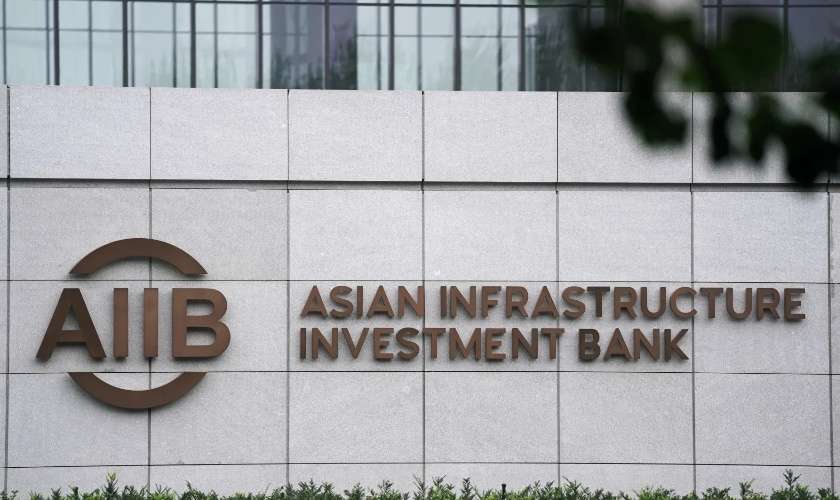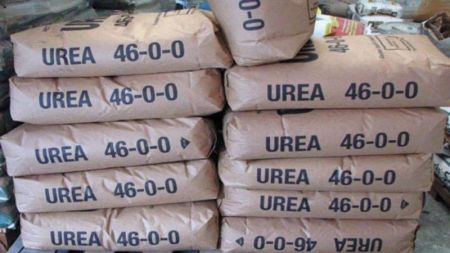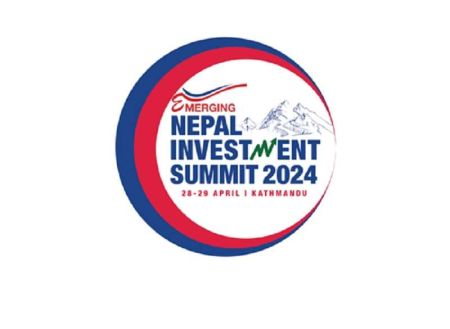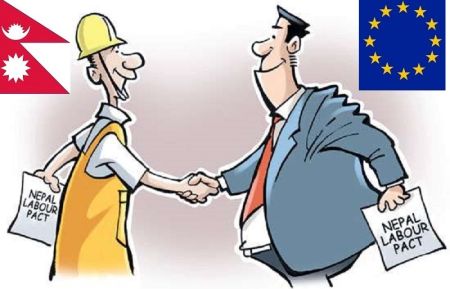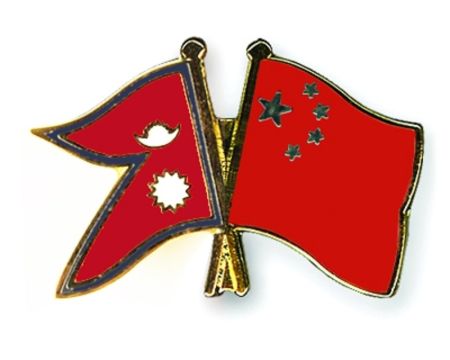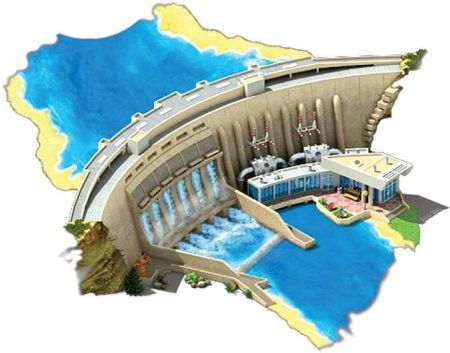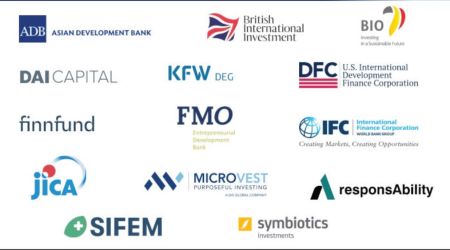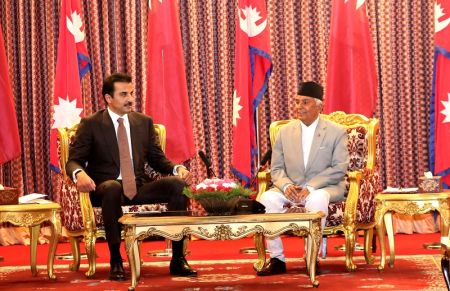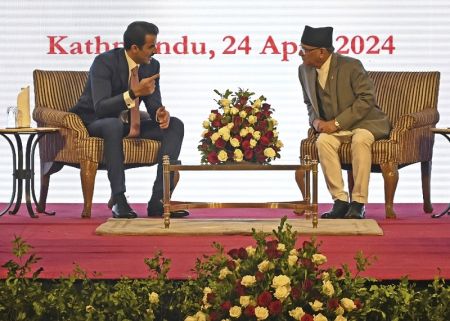March 31: During last week's visit to Nepal by a high-level delegation of the Asian Infrastructure Investment Bank (AIIB), the prime minister, finance minister and senior government officials were unanimous in demanding loans from the AIIB at low interest rates.
The team led by AIIB Director RMP Rathnayake met the prime minister, ministers and senior government officials. According to the government officials, although AIIB is an important international multilateral bank that can provide insufficient financial resources to Nepal, the government is hesitant to receive additional assistance due to the relatively high interest rates of AIIB.
They say that Nepal is not in a position to take loans at high interest rates.
How much more expensive is the loan of this bank, which was established at the initiative of China, than other multilateral donors like the World Bank, Asian Development Bank?
According to Finance Ministry officials, the interest rate of AIIB is fixed on the basis of Secured Overnight Financing Rate (SOFR). Now this rate is much higher than that of other multilateral donors.
“This SOFR is a benchmark interest rate. It is based on the interest rate charged on US government bonds. Its rate changes day by day. The interest rate of AIIB is variable according to the SOFR," says Shri Krishna Nepal, Joint Secretary and chief of the International Economic Cooperation Coordination Division of the Ministry of Finance.
According to Federal Reserve Bank of New York, SOFR has been around 5.5 percent in the last one month. The Federal Reserve Bank of New York is a part of the US Federal Reserve System that is authorized to operate open markets and intervene in foreign exchange markets.
"As we are getting loans at subsidized interest rates through other multinational banks, AIIB's interest rate has become expensive for us," said Nepal. According to the Public Debt Management Department, the World Bank and the Asian Development Bank charge interest rates of only 0.75 to 1.5 percent on the loans issued to Nepal.
So far, the Government of Nepal has taken only loan from AIIB only once. In December 2019, the bank's board of directors approved a loan of USD 11.23 billion to improve the electricity distribution system in 13 districts of Lumbini and Karnali provinces of Nepal. Before that, AIIB had also provided a grant of USD 1 million to Nepal. Similarly, in June 2019, the AIIB approved a loan of USD 90 million for the Upper Trishuli-1 hydropower project promoted by the private sector. This 216 MW project is being built by Nepal Water and Energy Development Company.
Joint Secretary Nepal said that the government has not been able to request AIIB to invest in more projects due to the high interest rates. "We have a lot of projects, but we will propose for investment after the interest rate is fixed," he said.
In 2016, Nepal urged AIIB to invest in five infrastructure projects. Those include the Power Distribution System Upgrade and Expansion Project to improve the electricity distribution system in Lumbini and Karnali Provinces, Sarada-Babai Hydropower Project, Pokhara-Jomsom Road Improvement Project, Samakhushi-Tokha-Chhare Road Construction Project and Urban Infrastructure Improvement for urban infrastructure development of 18 municipalities. Only one of them has received loan from the AIIB so far.
Chinese President Xi Jinping promised to support the Samakhushi-Tokha-Chhare road when he visited Nepal in 2019. Nepal is one of the founding countries of AIIB. During the AIIB delegation’s visit to Nepal, the team met with Prime Minister Pushpa Kamal Dahal, Finance Minister Barshaman Pun, Governor of Nepal Rastra Bank Maha Prasad Adhikari, Executive Director of Nepal Electricity Authority Kulman Ghising and officials of the Federation of Nepal Chamber of Commerce and Industry and said that they are willing to increase investment in Nepal.
During the meeting, the Nepali officials requested to provide loans at low interest rate. PM Dahal’s personal secretariat informed that since AIIB loans are not available at the market price, Nepal has not been able to get its financial help.
Nepal is reluctant to take foreign loans at market interest rates due to the massive increase in domestic and foreign debt over the years. After witnessing Sri Lanka's economic crisis in 2022, the government has become more aware of taking foreign loans at high interest rates. According to the Public Debt Management Office, Nepal's public debt is 44.29 percent of the GDP as of the second quarter of the current fiscal year. In the year 2071/72, such debt was 25.6 percent compared to the gross domestic product. The Public Debt Management Act, 2079 prohibits borrowing more than one-third of the gross domestic product.


